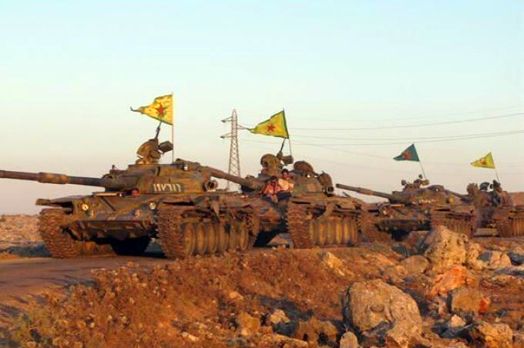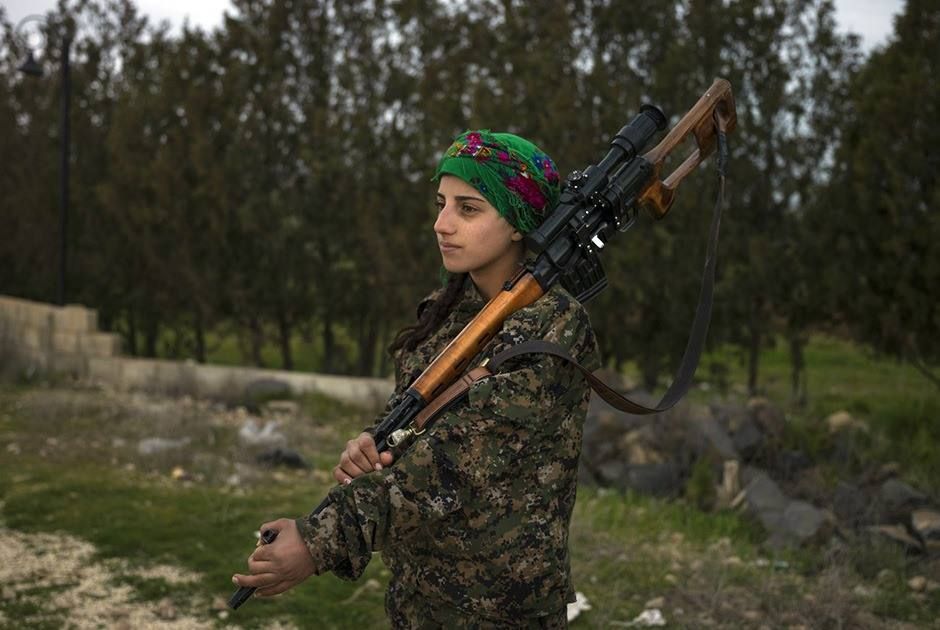The US military dealing with a Lost in Translation case in Italy
When in 2006 US Navy engineers started thinking where they should place the four ground stations for their bright new communications system, in their minds Italy was one of the best spots. Sicily, where the US military has a strong presence, is closer to Tunis than Rome. The MUOS would cover not just the Middle East but also Africa where the lacking of communications coverage made AFRICOM particularly vulnerable in that sector.
At the time, Italy was a also one of the US greatest ally. The close relationship between George W. Bush and the Italian premier Silvio Berlusconi made everything easier, smoother, as described in the Wikileaks cables. So the two governments signed a Memorandum to build the fourth ground station in Niscemi, where the US Navy had already a base. The then Ministry of Defense, Ignazio La Russa, acted as guarantor for the deal, although now he refuses to talk publicly about MUOS.
The US and Italian government didn’t expect such a fierce opposition. NO MUOS activists they first stopped the work at the station and then started suing the government for a breach in the Italian laws.
I wrote about it for Quartz. And this is the link. Enjoy



